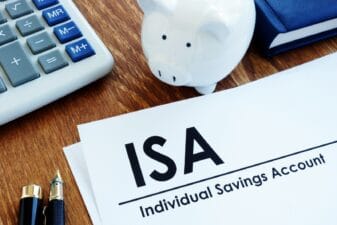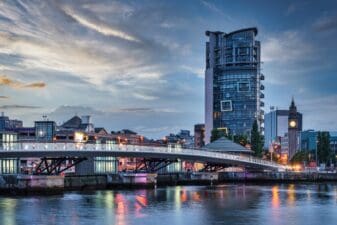The good, the bad and the toxic
The stench emitted by Royal Bank of Scotland (LSE: RBS) (NYSE: RBS.US) has polluted the British economic and political climate for years, but it isn’t as toxic as it was. The remaining poison is to be siphoned off into a £38 billion internal bad bank, while RBS is also having a clear-out of its higher-risk activities. Is it safe to invest without contaminating your portfolio?
The truth is that RBS has been been running an internal bad bank for the past five years. But Chancellor George Osborne’s decision to formalise the process clears the air and spares management the distraction of a massive restructuring programme to create two separate banks. Instead, it can get on with running a single bank. So that’s good.
Toxic Avenger
As the toxic swamp is drained, a cleaner, brighter RBS should emerge. Beneath all that sludge lies one the UK’s leading retail and wholesale banks, with a profitable corporate banking franchise. A lot of the hard work has already been done, especially in exiting high-risk and peripheral activities. When Stephen Hester was appointed chief executive in November 2008, RBS had £258 billion of unwanted businesses and assets. On his departure in September, that had dwindled to £35 billion. The process continues, with RBS said to be in talks to sell $800 million worth of shipping loans. RBS has just paid more than $150 million to settle civil charges arising from pre-crisis sub-prime lending.
Frankly, I like the idea of a bad bank. As a core, clean RBS emerges, earnings visibility will improve, and that may help RBS restore its dividend, something analyst Joseph Dickerson at Jefferies reckons could happen from 2015. He recently lifted his price target from 390p to 441p, saying that upfront loss taking and a formal timetable for disposal of bad bank assets should crystalise the core and bad bank valuation. Although he warned that litigation exposure, which could top £4 billion, or 36p a share, remains a major risk. Underestimate that at your peril.
Shock treatment
RBS isn’t just toxic, it is also losing money. RBS posted a £634 million pre-tax loss in Q3, largely due to a £496 million one-off accounting charge. Accelerated high-risk asset disposals are expected to hike Q4 impairments and full-year losses. RBS has plenty of other problems, including poor SME lending, various regulatory run-ins (the total bill for PPI mis-selling is £2.65 billion and counting) and thatl 81% government stake, which constrains commercial activities and adds a layer of political risk. All this without the reward of a dividend. Right now, it trades at 333p, well below the taxpayer’s 500p entry price.
I bought my last load of RBS shares at 210p a couple of years ago, when the balance sheet was far murkier than it is today. I did so on the assumption that it would eventually recover, given time, and shower me in share price growth. I think that strategy still holds. But you will have to be patient. And wear a clothes peg over your nose.







